



Snow can make life tough for License Plate Recognition (LPR) systems, especially when it’s piling up on plates or messing with camera visibility. Whether you’re running a parking lot, managing a toll road, or keeping a university campus secure, winter’s challenges can "throw a wrench" in your operations.
The good news? Modern LPR tech has stepped up to handle snow, keeping things running smoothly. This article breaks down what makes snow such a pain for LPR, how today’s systems deal with it, and some practical tips for parking integrators, LPR users, and institutions to stay on top of winter conditions.
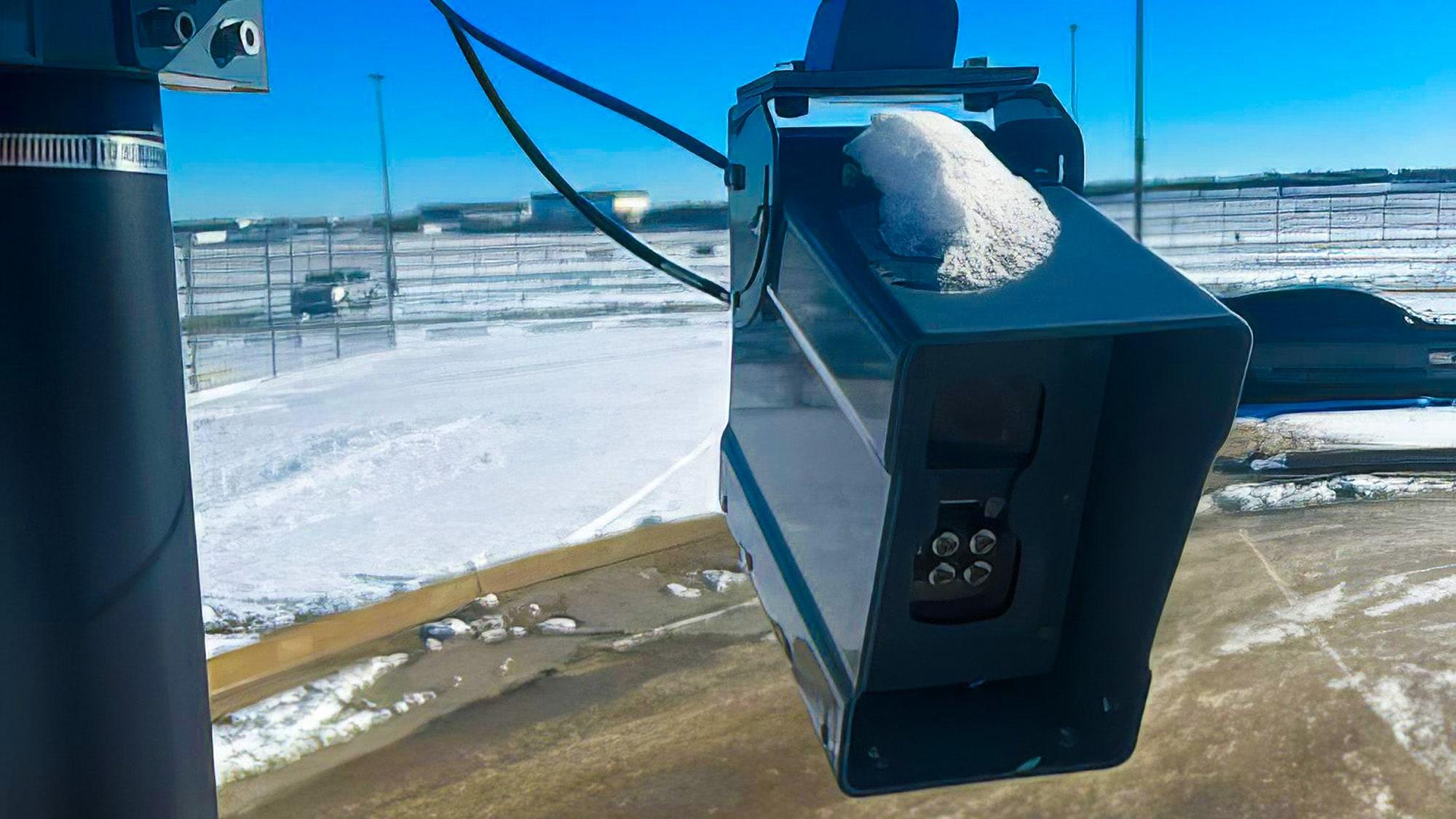
Snowy weather hits LPR systems with a few big hurdles:
These problems are a headache for parking integrators setting up access control, universities handling campus parking, or toll operators needing accurate reads for billing. A missed plate because of snow can mean errors, delays, or security issues, so you need an LPR system that’s ready for winter.
To better understand LPR performance in winter, real-world tests were conducted in Iceland, known for it's extreme weather conditions—snow, limited daylight, and cold winds.
The test involved 88 records and yielded a 99% overall performance rate using a dual-camera setup:
It was noted that wide lane configurations reduced plate visibility, particularly during snow coverage. The extended field of view lowered detection accuracy, emphasizing the need for strategic camera alignment and possible lane narrowing where applicable.
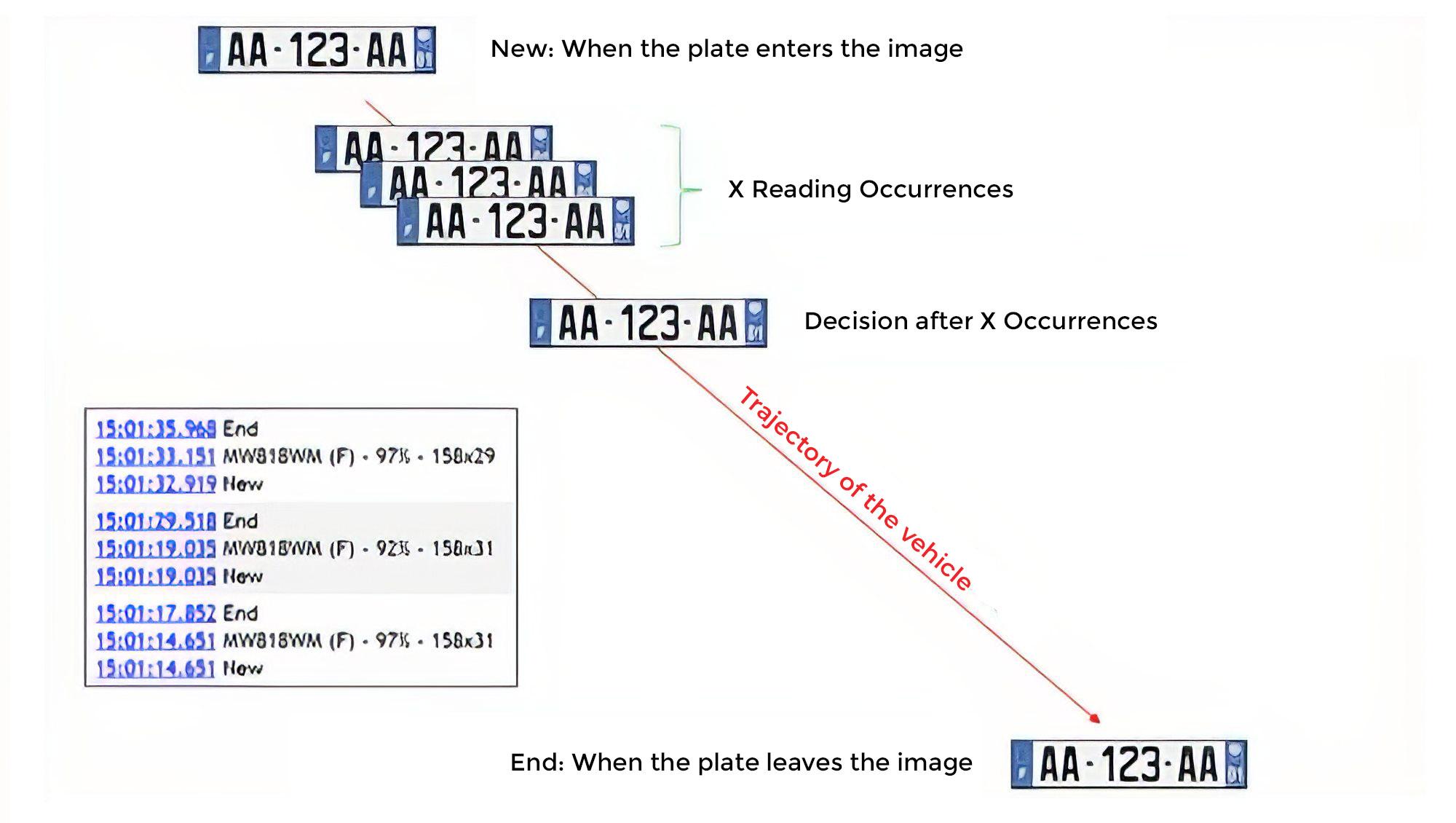
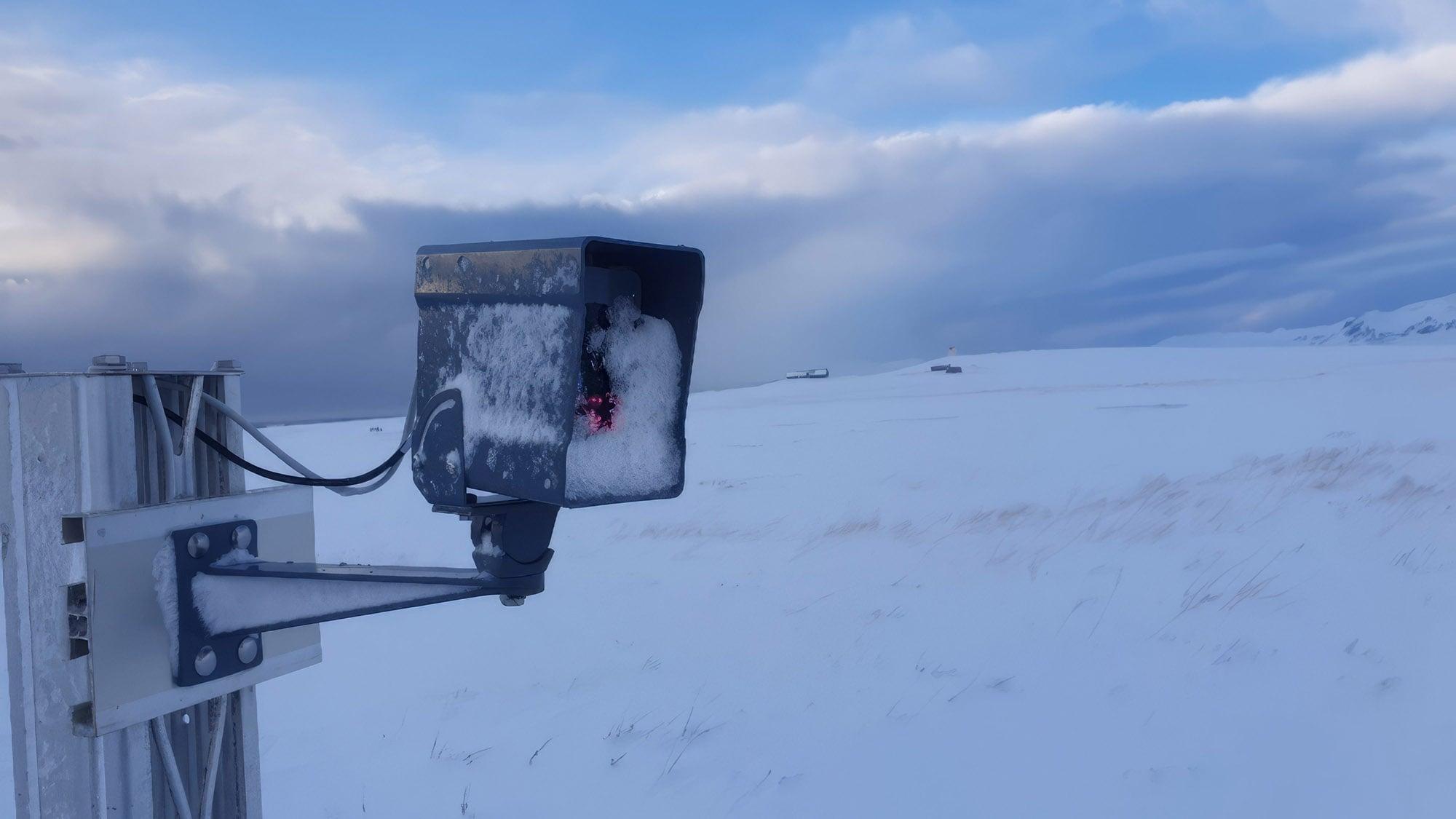
Today’s LPR systems are built to handle snow like a champ, thanks to some smart tech upgrades. Deep learning and advanced image processing let these systems keep working even when snow’s causing trouble. Here’s what’s making the difference:
These features make modern LPR systems a solid choice for parking lots, toll roads, and campuses, ensuring you get reliable reads even in rough winter weather.
Here’s some straightforward advice for integrators, users, and institutions to make sure your LPR system stays solid in snowy conditions:
These steps keep LPR systems reliable, whether you’re an integrator rolling out a big project, a university managing parking, or a toll operator dealing with heavy traffic.
Snow doesn’t have to stop LPR in its tracks. With deep learning, infrared lighting, and tricks like image denoising, modern LPR systems are ready to tackle winter challenges, keeping parking lots, toll roads, and campuses humming along. In places requiring front and rear plates, dual cameras, especially with linked communication like Survision’s, make sure you don’t miss a read. By choosing systems tested for tough weather, setting up cameras smartly, and keeping up with maintenance, parking integrators, LPR users, and universities can stay ahead of the snow.
One of the most northern airports in the world!

Platenforce Mobile LPR Parking Enforcement solution helped employees to maximize efficiency
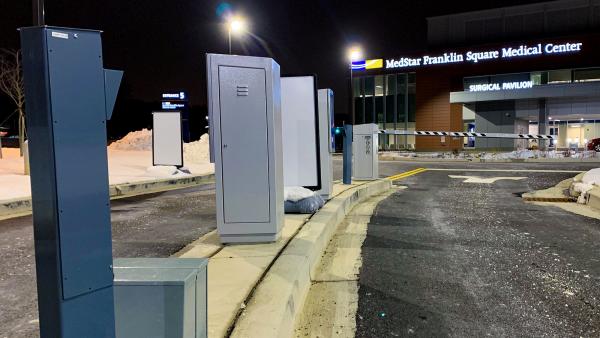
Amano McGann and Survision provided a solution to manage monthly parkers and transients.
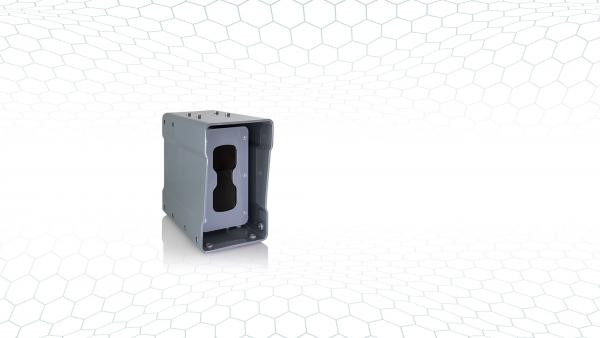
High performance LPR camera for the most challenging sites such as very short distances and open angles

More affordable, smaller yet very fast and precise LPR camera, ideal for barrier or totem embedding
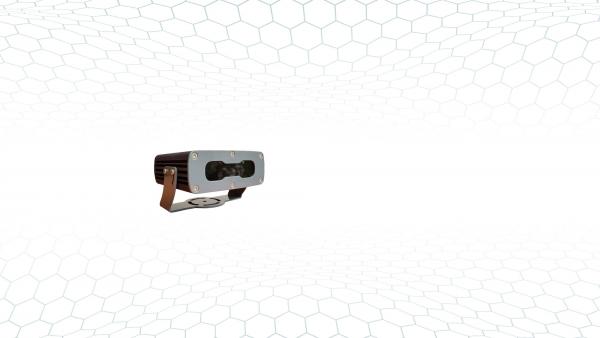
The world's smallest LPR camera for security and on-street parking control

Ideal for ITS and Tolling, this powerful camera works at large distances and very high speeds

Compact and affordable LPR camera with 4G connection, designed for Smart city
Despite the country or region, even Vanity Plates!
Lights, protection and connection are integrated into the LPR Cameras
LPR is performed in the LPR cameras firmware
LPR can be triggered by external device or by the license plate itself
Neural networks are used to learn from every plate read and increase performance over time
Up to 155 mph (250 km/h)
The shortest distance (from 5ft!) at the highest accurate reading speed (20ms)
You do not need more than 1 Survision LPR camera to get LPR working
Software tools for system integration or app building

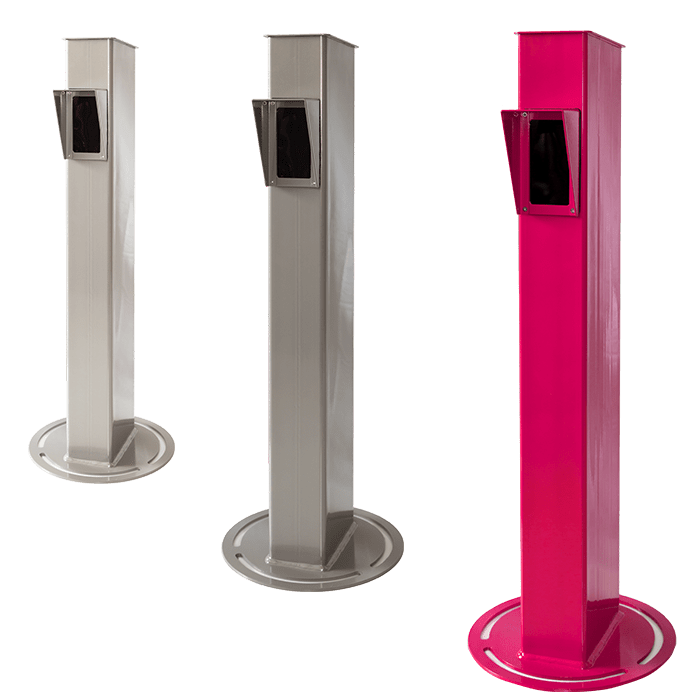
Satisfied or refunded!
We ensure a certain range of LPR reading rates that will satisfy your needs, burn it in a contract and then make it true; otherwise we will refund 100% of your payment.